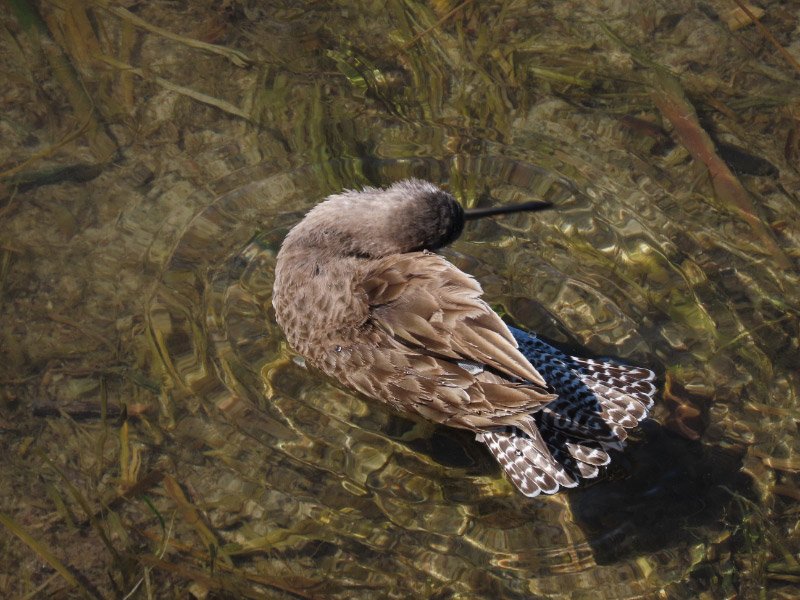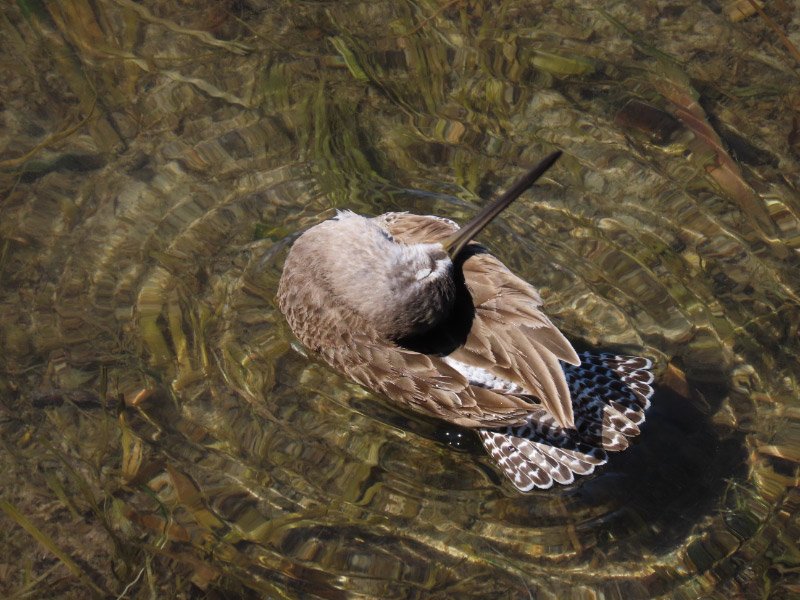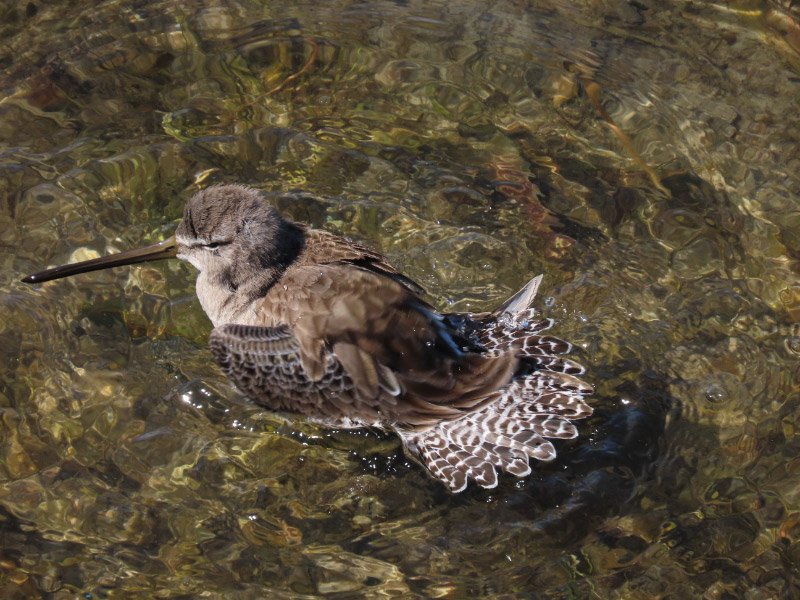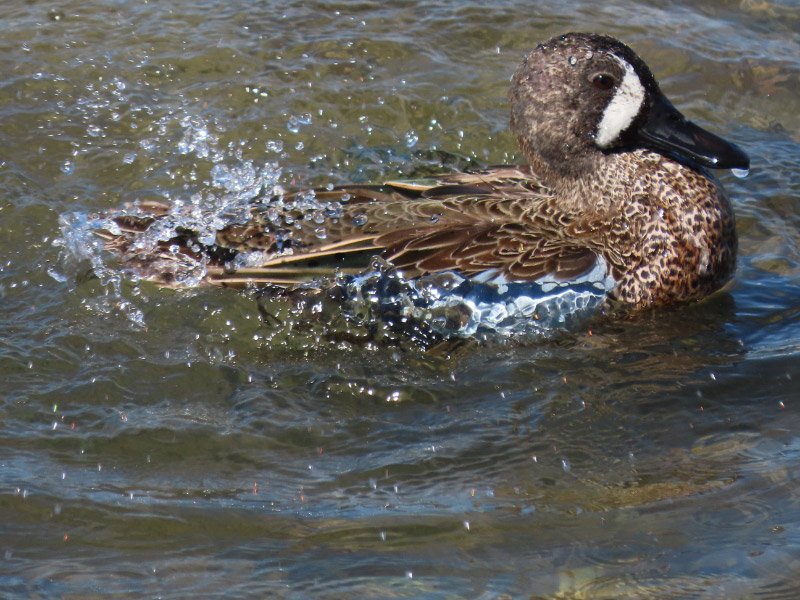New Mexico Tech Morning
/Our second morning in New Mexico started at the New Mexico Tech campus for an early morning look for birds. Before it was light enough for photography we heard, then saw, a great horned owl perched on a roof of a building. There were robins in the exotic pines.
As it got a little brighter, we headed to a pond and immediately saw western bluebirds!
There were ring neck ducks there as well…and American wigeons.
I took a couple of non-bird images – art and a pinecone among leaves. The campus has more trees that the general area around Socorro (they must water more).
There was a lone pied grebe.
A juvenile green heron was a surprise since it was in the 20s; most of the species has migrated further south already.
The most numerous birds were the interbreed mallards/domestic ducks. One had a tuft of feathers on its head that looked like a toupee!
Previous Festival of the Cranes posts














































































































































































































